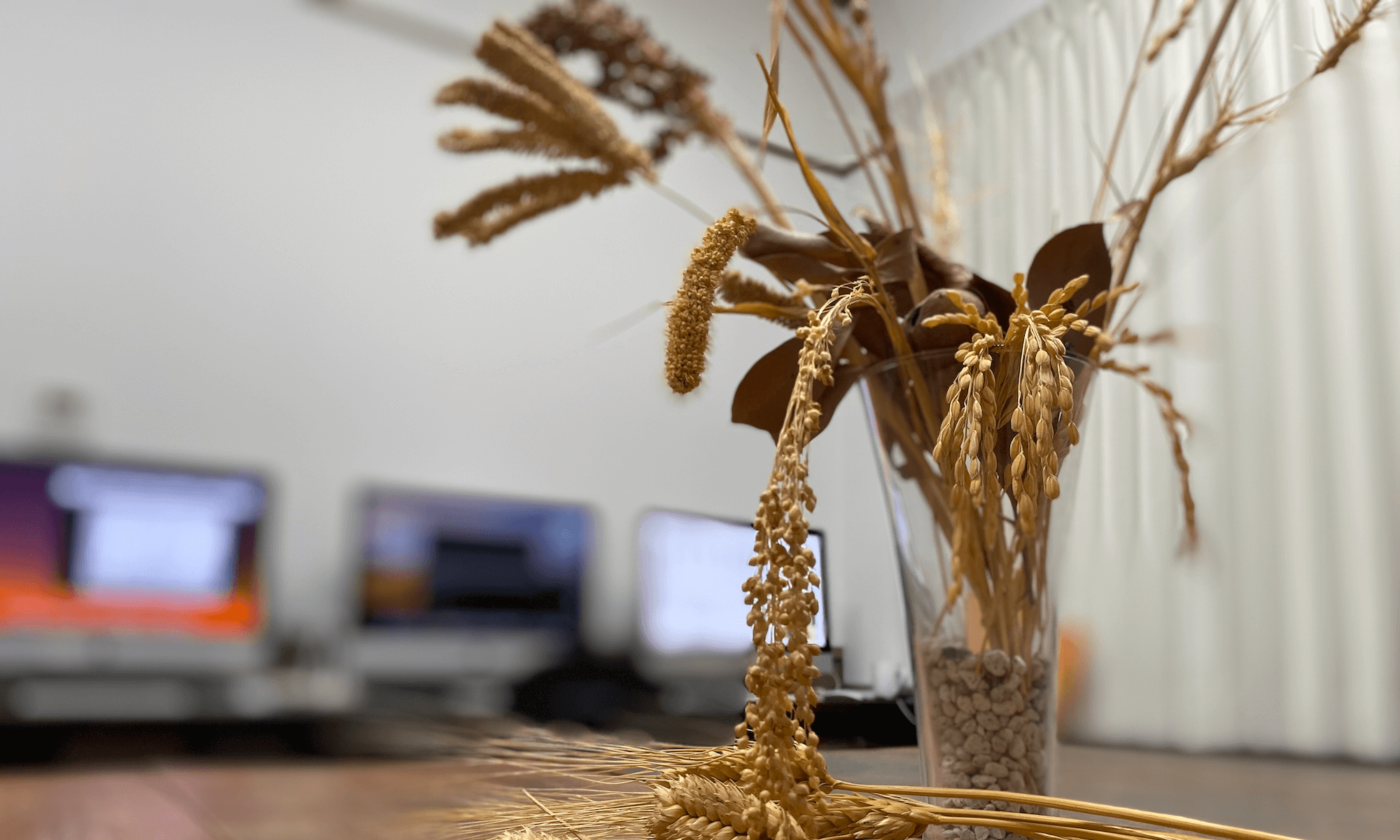REVIEW ARTICLE
Adachi, H., & Kamoun, S. (2022). NLR receptor networks in plants. Essays in Biochemistry, EBC20210075. https://doi.org/10.1042/EBC20210075
Abstract
To fight off diverse pathogens and pests, the plant immune system must recognize these invaders; however, as plant immune receptors evolve to recognize a pathogen, the pathogen often evolves to escape this recognition. Plant–pathogen co-evolution has led to the vast expansion of a family of intracellular immune receptors-nucleotide-binding domain and leucine-rich repeat proteins (NLRs). When an NLR receptor recognizes a pathogen ligand, it activates immune signaling and thus initiates defense responses. However, in contrast with the model of NLRs acting individually to activate resistance, an emerging paradigm holds that plants have complex receptor networks where the large repertoire of functionally specialized NLRs function together to act against the large repertoire of rapidly evolving pathogen effectors. In this article, we highlight key aspects of immune receptor networks in plant NLR biology and discuss NLR network architecture, the advantages of this receptor network system, and the evolution of the NLR network in asterid plants.


